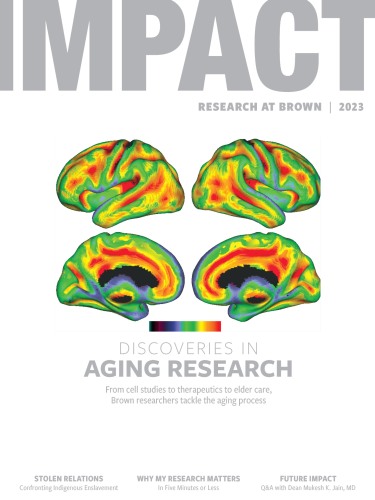Correcting Bias in Pulse Oximeters
Pulse oximeters often provide inaccurate readings for people with darker skin, a health disparity that one physics PhD student is working to eliminate.
Pulse oximeters often provide inaccurate readings for people with darker skin, a health disparity that one physics PhD student is working to eliminate.
Pulse oximeters provide a quick, noninvasive way to check someone’s pulmonary health, using light shown through the skin to estimate the amount of oxygen in a person’s blood. But research has shown that people with darker skin are at much greater risk for inaccurate readings than those with lighter skin.
Rutendo Jakachira, a third-year PhD student in physics, is working to change that. She is developing new optical techniques that return accurate oxygen saturation level results regardless of skin tone. The inaccuracy of pulse oximeters for people of color represents a significant concern in health care delivery, Jakachira said: “It has been found that there can be up to a 10 percent difference in oxygen saturation measurements among different pulse oximeters for individuals with darker skin tones. It has also been found that people of these tones are three times more likely to have hypoxemia, and it is likely to be missed by pulse oximetry.”
That’s because pulse oximeters tend to overestimate blood oxygen for people with dark skin. In other words, someone with dangerously low blood oxygen levels could receive a pulse ox reading that appears perfectly normal. The problem became particularly acute during the COVID-19 pandemic, when doctors relied on pulse oximeter readings taken in clinics and homes to gauge the severity of a patient’s illness.
“ It has been found that there can be up to a 10 percent difference in oxygen saturation measurements among different pulse oximeters for individuals with darker skin tones. It has also been found that people of these tones are three times more likely to have hypoxemia, and it is likely to be missed by pulse oximetry. ”
The incorrect readings arise because melanin, the dark pigment found in skin and hair, tends to absorb light traveling through the skin. In people with dark skin, that high level of melanin can interfere with oxygen readings. Jakachira, working with Professor of Engineering Kimani Toussaint, is looking to reduce the interference by using radially polarized vector beams. They’ve demonstrated in experiments what they believe to be the first LED-based source that can emit such light. Testing of the device’s ability to detect blood oxygen levels looks good so far, she said.
“Rutendo has approached this project with a combination of ingenuity, dedication, and strong interest,” Toussaint said. “This has allowed us to gain a better understanding of the problem in terms of the underlying optical physics, and to creatively think outside of the box in developing a solution.”
